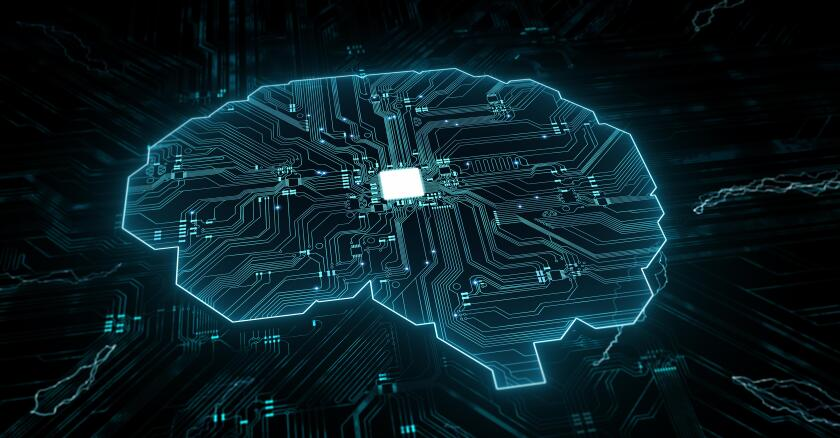A new report from Gallup and the Walton Family Foundation shows more teachers are using AI — and loving the time it saves. But not everyone’s convinced it’s all good news.
Teachers Are Turning to AI for Help
Let’s start with the numbers: 60% of K–12 teachers in the U.S. are now using AI tools to help with their work.
What are they using it for?
- Making worksheets
- Planning lessons
- Adapting content for students who need extra help
Some teachers even use AI every week. These regular users say the tech saves them about six hours a week. That’s like getting back six full weeks every school year.
So Where Does That Time Go?
The good news? Most teachers say they’re using that extra time to focus on students.
They’re spending more time:
- Giving better feedback
- Talking with parents
- Working one-on-one with kids
The study calls this the “AI dividend.” In short, AI helps get the boring stuff out of the way so teachers can focus on the important parts of teaching.
Most Teachers Like It — But Not All
According to the report:
- 74% of teachers said AI helps with admin tasks
- 57% found it useful for grading
- Only 16% said AI made their work worse
Even students gave some positive feedback on how teachers were using AI in the classroom.
But that’s not the full story.
AI Isn’t Reaching Everyone — Yet
Here’s where things get interesting.
- 40% of teachers said they don’t use AI at all
- Just 19% said their school has a policy about using it
- And while high school teachers are among the biggest users, they’re also some of the loudest critics
Basically, AI tools are out there — but not everyone’s been trained on how to use them. And without clear rules, teachers are figuring things out on their own.
Can AI Really Help All Students?

Some teachers say yes — especially when it comes to students with disabilities.
More than half of all teachers (57%) said AI helps make lessons more accessible. That number jumps to 65% among special education teachers.
Why? Because AI can customize learning for each student. It can also provide different formats for kids who need them.
That’s a big win for inclusive classrooms.
But There Are Real Concerns
Some teachers — and students — are worried AI is doing too much of the thinking.
They’re afraid that if kids get too used to using AI, they’ll stop thinking for themselves.
And a recent study from MIT backs this up. It showed that people who use AI to help answer questions tend to think less critically and accept answers without checking them.
That’s a red flag, especially in schools.
Not All AI Is the Same
Some AI tools are built to support learning, not shortcut it. For example, Claude for Education — developed by Anthropic — is designed to encourage critical thinking, not replace it.
Still, it’s up to teachers to decide how and when to use these tools.
And that means proper training is more important than ever.
Looking Ahead: What’s Next for AI in Schools?
When ChatGPT launched back in 2022, schools were caught off guard. Now, AI is everywhere — but many schools are still catching up.
The study ends on a hopeful note:
“If teachers have the tools and support they need, AI can help more students and lighten the load on teachers.”
That means better outcomes for everyone — if schools can get the rollout right.
Key Points (At a Glance)
- 60% of teachers use AI — mainly for planning, worksheets, and grading
- Weekly users save up to six hours a week — or six weeks per year
- Teachers use that time to connect with students and parents
- 40% still don’t use AI, and most schools have no clear AI policy
- AI helps make learning more accessible for students with disabilities
- But it could harm critical thinking if not used carefully
- The right tools, support, and training will shape how AI impacts education
